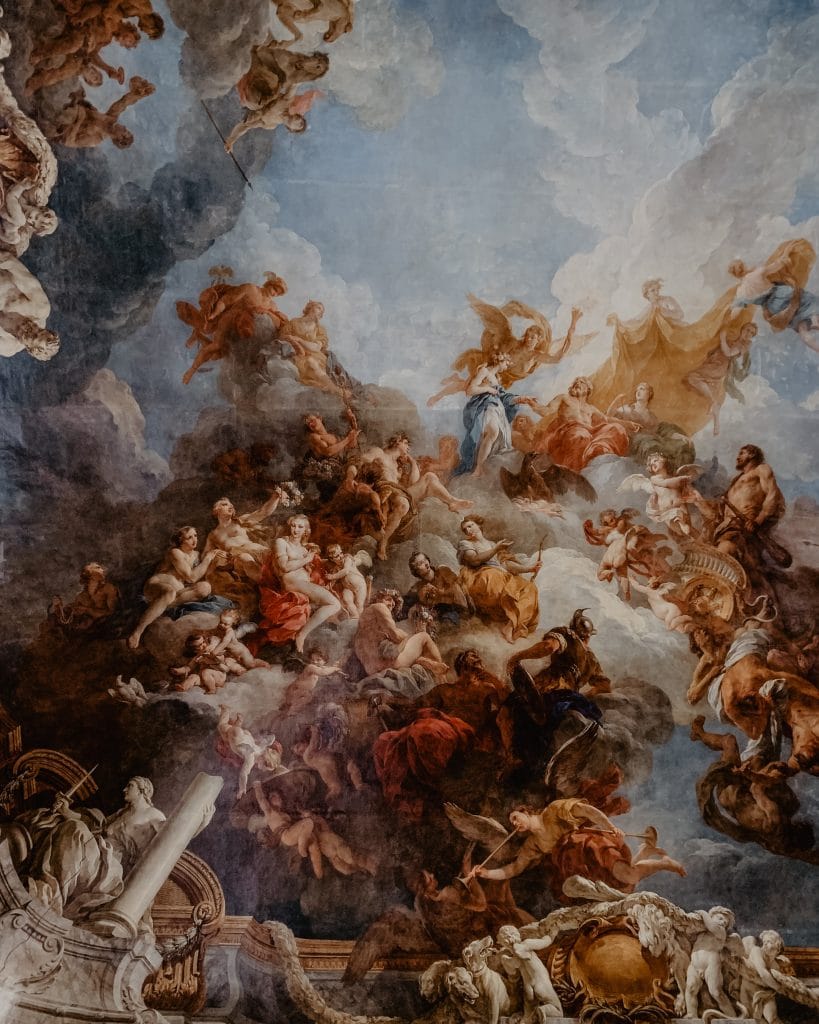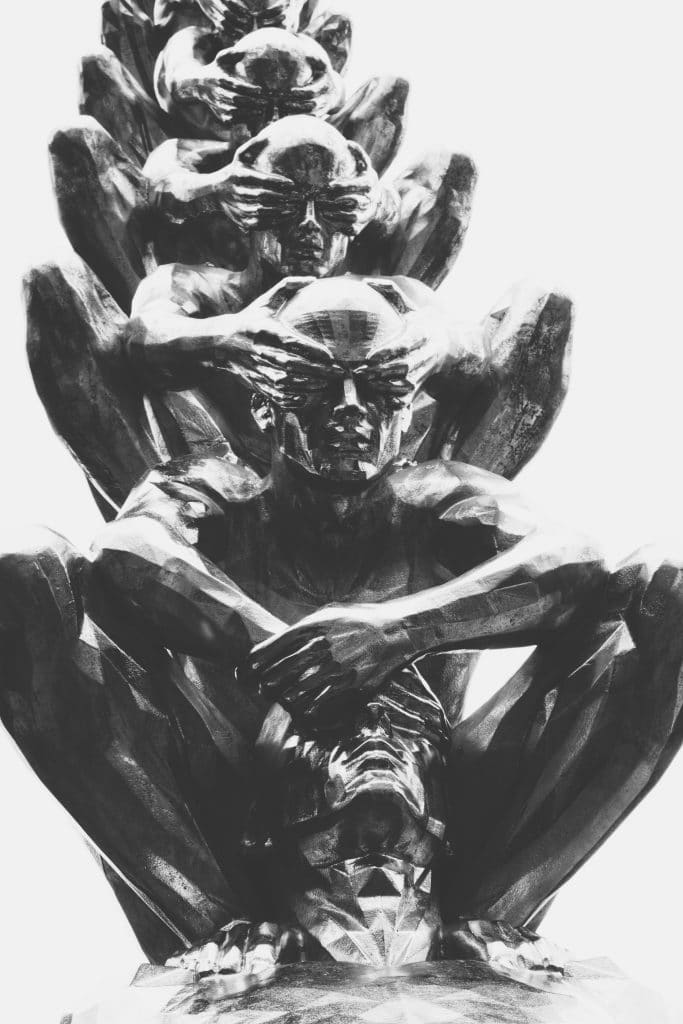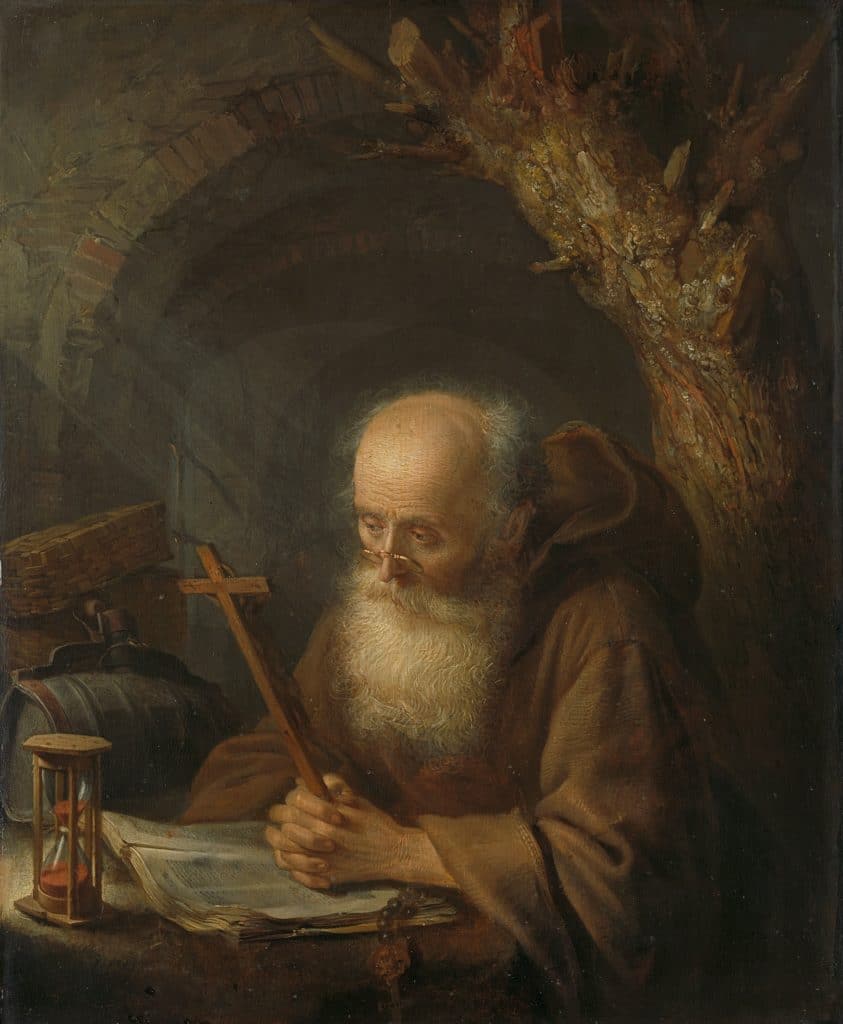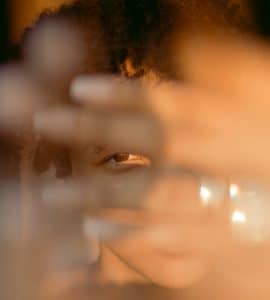I am a fan of art museums. I have enjoyed visiting them as long as I can remember.
Growing up in Northeast Ohio, I would often visit the Cleveland Museum of Art, which is a spectacular museum. It gave me a passion to see art in person whenever I have the opportunity.
Even to this day, anytime I visit a major city, I try to visit the places wherever notable art is displayed. I have spent hours—days, even—just taking in the imaginations of creators around the world. Seeing life from someone else’s perspective. It refreshes me somehow. It inspires me. It points me to God in the way that only art uniquely does.
I am particularly a fan of period of art that consists of realistically styled paintings that were painted between roughly 1830 and the late 1800’s. Art surrounding the Pre-Raphaelite period. I love the brilliant colors that are used. I enjoy that there is often a focus on characters from literature, mythology, and religion. I also think the art in that time frame was particularly interesting because it was the first time in history where painters were in direct competition with the newly developed technology of photography.
Of course, this was the time before color photography was available, so one of the advantages that paintings had over photographs in that era was the colors that were used. Photographs were still black and white, but in contrast, the colors of the paintings of that era were often intentionally spectacular. Obviously, photography generally presented a more acurate depiction of the subject, so a focus on realism became more important in paintings because painters started feeling pressure to compete with photographs.
As a result, painters really started using the medium to show some of the benefits of paintings in comparison to photographs. For example, there are certain paintings in that time period where the eyes of the subjects are so captivating that one can just admire them in perpetuity. They glisten and show hope in the way that none of the photographs of that era can. They are just so phenomenal.
But even as I sit in those exhibits, gazing at the splendor of these marvelous creations—particularly the ones that are paintings of actual people who lived and breathed and walked on earth—I have often wondered if the painting that I am observing does the subject justice.
I mean, these were people who lived lives like you and me. They worked, they had families and friends, they sang and danced and celebrated and mourned. And so I often wonder if we were to go back in a time machine and meet the loved ones of the subjects in the painting, would they say that the painting of their loved one did them justice?
It is hard for me to think that they would. And that’s because, no matter how good a painting is, it can’t fully encapsulate the wonder of who someone is. It’s a glimpse. It’s a fond memory. But it’s only a tiny glimmer into who someone was.
In 1 Corinthians 13:12, the Apostle Paul famously says, ”For now we see in a mirror, dimly, but then we will see face to face. Now I know only in part; then I will know fully, even as I have been fully known.”

When we look at art, we really do understand what Paul is saying as it pertains to a painting and its subject. When it comes to ourselves, I think that deep down, we understand it even more.
For instance, I don’t even think that, for most of us, we look like what we think we look like. Have you ever gone to a store to try on clothes and when you are there, you find yourself in a space that has three or even six mirrors to show you all the angles of yourself? Sometimes I look in those mirror and think, do I really look like that?
And you know what I am talking about, because this is the exact thing that happens on social media. You might take 100 pictures, but it’s only the top ten percent that make it to the internet, even for photogenic people. (And if you are like most people, it’s more like one percent.)
Why is that? Mostly because we don’t like how a lot of those photos look. We look at them and we think we look weird or off, somehow, or it doesn’t show our best angle, whatever that means.
Even after the digital camera was invented, people didn’t like how they looked, so much so that social media invented filters where you can radically alter the photo with one of 25 default filters alone on Instagram. And there are more, if you want to swap some out.
Then, you can adjust the angle, the brightness, the contrast, the structure, the warmth, the saturation, the color, the fade, the highlights, the shadows, the vignette, the tilt shift, and sharpen the image. And that’s if you haven’t already taken it into Photoshop to add in an exotic vacation destination in the background.
And still, after doing all of that, we look at ourselves and go, “Well, that’s OK, I guess.” The funny thing about it is that the people who know us know what we look like already. We aren’t fooling anyone!
You know what is ironic about all of that? No matter how much you alter those photos, they still don’t do you justice. No, I mean it.
It doesn’t matter if it is a painting or a sculpture or a photograph or even a video. None of those media can fully do a person justice. How do I know? If you have ever been to a funeral, none of those things console people of the loss of their loved one. The person who is gone was far more special than any artistic medium can express. They mean more than our poetry and our songs. More than our sculptures or tributes.
And that means that in a very real way, you are a priceless work of divine art.
You are a priceless work of divine art.
On some level, that may seem obvious, but what we tend to forget that when Paul is saying, “For now we see in a mirror, dimly… Now we know only in part…” he is isn’t talking about an artistic representation of who we are; he is talking about the full version that we experience of ourselves.
He is saying, you are magnificent now, but you don’t even have the God filter on yet. People are so amazing already…and what we know of ourselves now is only something like what we will become.
1 John 3:2 says something similar: “What we will be has not been revealed. What we do know is that when God is revealed, we will be like him, for we will see him as he is.”
So reading this, there may be a day in our future when we look back on our current existence and view it like a painting or a photograph, because it won’t express all that we will become.

When I was a kid, there was a children’s book that I really liked call Flat Stanley. If you’ve never read it, you should go pick it up, but the gist of the book is that one night, a child named Stanley is sleeping in his bed and a bulletin board over his bed falls on him. The bulletin board doesn’t kill Stanley, but instead, it squashes him flat. And so, finding himself in a precarious position of being flat, Stanley decides to make the best things. He figures out that, because of his new condition, he can slide under locked doors. He convinces his brother to fly him like a kite at the park, and he mails himself in an envelope to visit friends in California. At one point, he even disguises himself as a painting in an art museum to help apprehend some thieves.
He finds being as he is pretty unique and fun in many regards, but eventually, he becomes tired of his flatness, and his brother restores him to his proper shape using a bicycle pump.
Sometimes I think that our experience of life is kind of like Stanley’s in that story when he’s flat. We don’t necessarily dislike how we are now, and we know we are unique, but we also know that there is some dimension of ourselves that is missing.
In the Gospels, Jesus gives us a glimpse of this new way of being to come, in the form of the resurrection. But even to this day, we have a hard time getting our heads around what a resurrected version of ourselves might even be like.
I like what N. T. Wright says about this: “So what don’t we know about our future state? Well, thinking about the resurrection, or about God’s whole new world in which our resurrection will take place, is very difficult. We can say it’s not quite like this, or it’s more like that. We know that, because the present world is God’s good creation, it will be like this only more so: without corruption, decay, death, injustice, illness, sorrow and shame… But…what will we be like?
“Perhaps we should say: like we are, only much more so. More gloriously physical, not less. Embodied, but not subject to sickness and death. Able to celebrate the joys of God’s world, but no longer lured or seduced into abusing them, into lusting after them, into worshipping them as though they were divine.”
I think as human beings, if we are self-reflective, we know deep down that we don’t really want to exploit people or the world because it just leaves us feeling empty. We don’t want to be enslaved to the idea that we constantly need to acquire more. We want to be most fully us, whatever that means. We want to be restored to our proper shape.

We aren’t saying that there aren’t things to be admired in this present way of being, because we know that there are. We know that like a good piece of art, our current existence inspires awe and wonder and imagination. But deep down, we also know all of the corruption, decay, death, injustice, illness, sorrow, and shame don’t belong here either.
So as creatures made in the image of God—as God’s children, as it is declared in 1 John 3:2—it is our responsibility to do our very best to live into that more-full version of ourselves.
The Good News is that this is exactly what Jesus came to show us how to do. Christ came to show us how to be the caretakers of the cosmos. Christ came to show us a path to redemption, where these ills of the world no longer hold power over us, but fall away as we emerge into the newness of our future selves.
Maybe you are struggling right now or feeling that life isn’t as picture perfect as you’d hoped. Maybe things seem downright awful, like they do at some time for all of us. I want to encourage you to remember how artistically beautiful you’ve been made by God. I want you to take a second just to appreciate how magnificent a creation you are. Look how wonderful this world is, this existence that we live in. Even with all of its flaws. Just observe that goodness for a moment. Absorb it, and then realize that this is just the beginning.
One day, with Christ’s help, we are going to help make all of that bad stuff dissipate. And while we can’t even fully see it all yet, there is a picturesque version of us and the cosmos that is coming into being on the horizon.
Reality Changing Observations:
1. What style of art most points you to God?
2. How do you filter shame in your life to allow yourself to cope with your failings?
3. In your opinion, what part of you best represents God?





